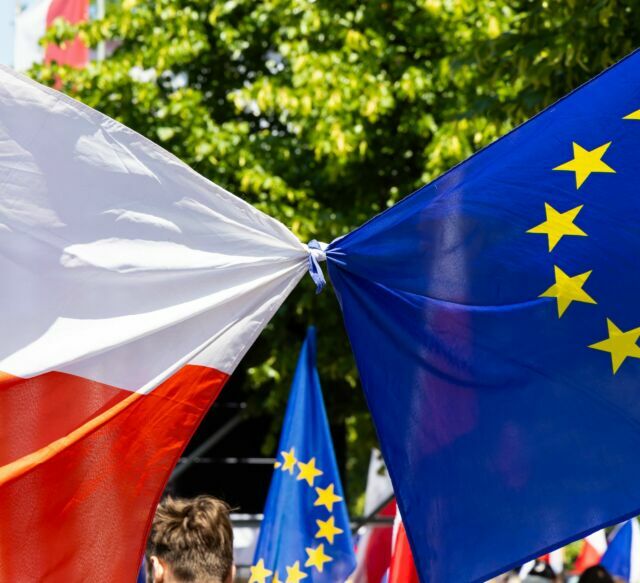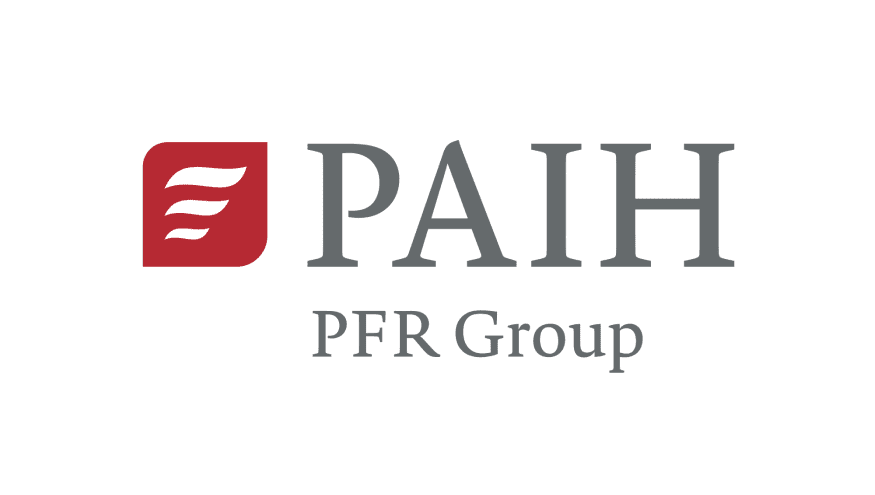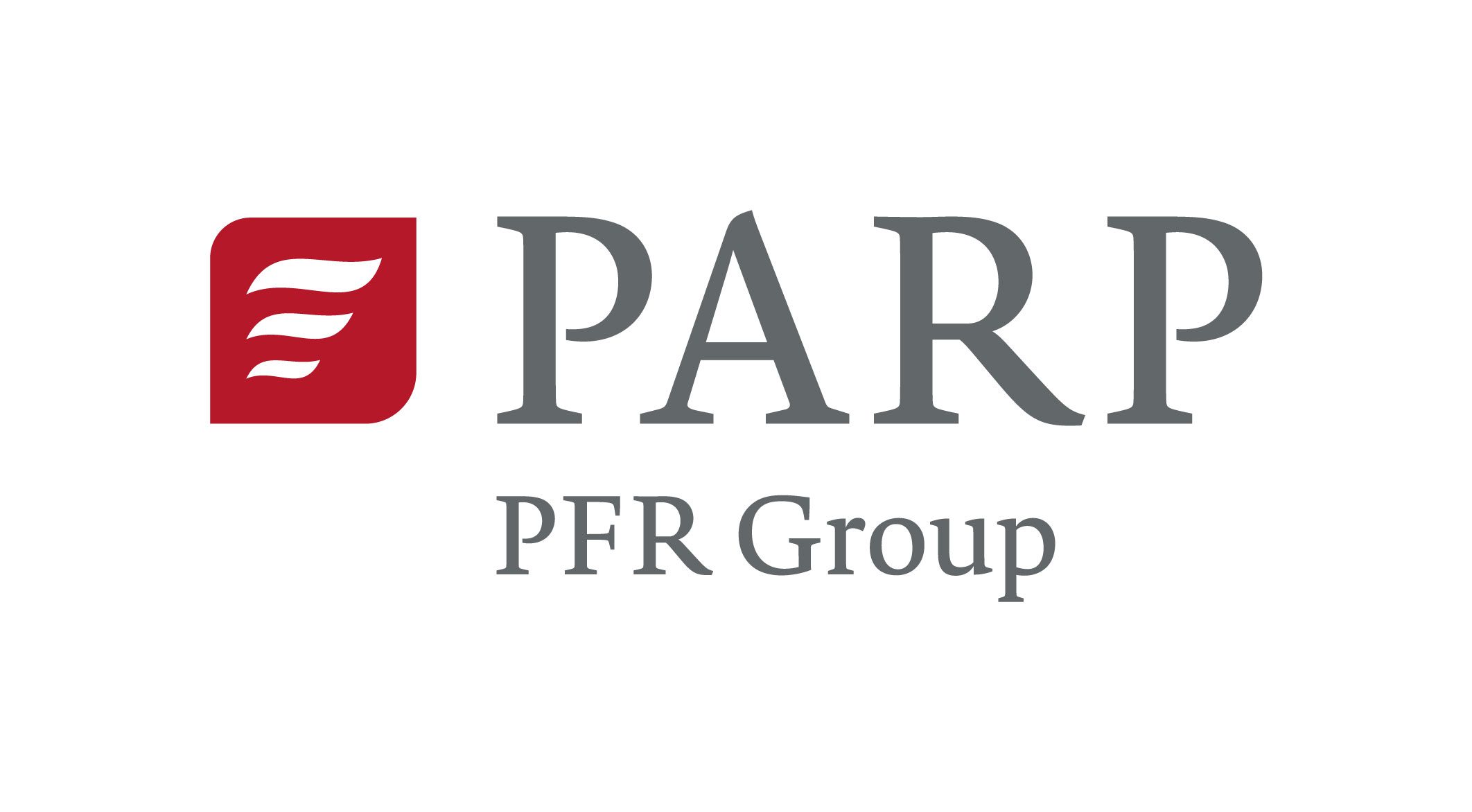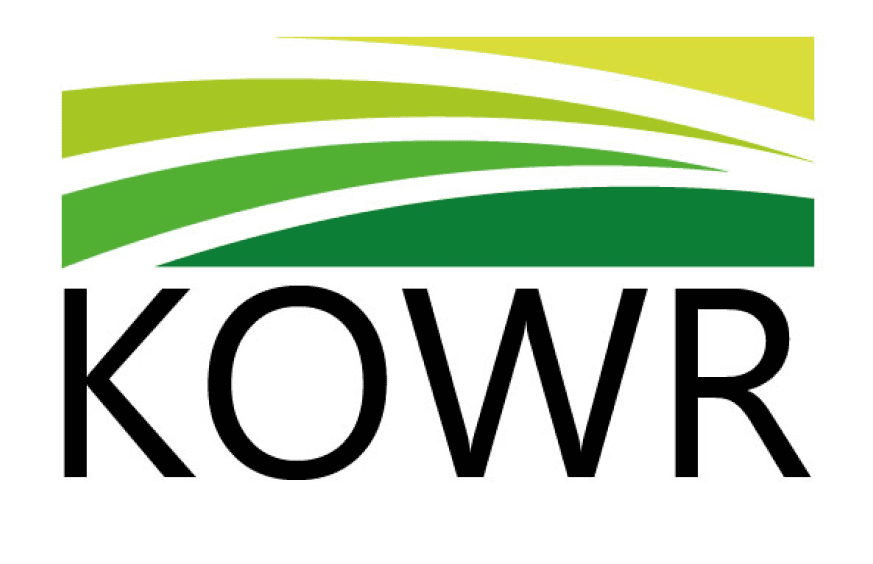20 years of EU membership: Poland's GDP higher by 40%
30.04.2024
Twenty years after its accession to the European Union, Poland and the countries of Central Europe (EU-8) are reaping significant benefits from EU membership, as confirmed by a report by the Polish Economic Institute. The analysis showed that real GDP per capita in the EU-8 is 27% higher than it would be in the counterfactual scenario without EU accession. In the case of Poland, this increase is as much as 40 %.

Poland is one of the leaders of economic growth
The real GDP per capita of the Czech Republic, Estonia, Hungary, Latvia, Lithuania, Poland, Slovakia and Slovenia (EU-8) is 27% higher than it would be in the counterfactual scenario without EU accession. Of the eight countries in the region, Poland, Lithuania and Slovakia recorded the fastest growth rate between 2004 and 2022. In the case of Poland, this increase reaches as much as 39.6 %. The average annual growth of GDP per capita PPP in the period 2004-2022 was 4.2 %. This means that it was 1.7 percentage points higher than if Poland had developed independently of the EU. Remaining outside the EU would mean that standard of living in Poland measured by GDP per capita would be at the level of 2014 and 2015.
Trade growth and economic development in the EU-8
Between 2003 and 2022, the value of total exports of the EU-8 countries increased fivefold. It reached USD 1 trillion in 2022. This means that EU membership has contributed to an average annual increase in the value of exports by 10 %. Our country has increased its share in the EU-8 exports of goods from 27 % to 35 %.
Diversification of exports was also an important aspect of trade development. Thanks to the diversity of export sectors, the region has not become dependent on a single sector. This provided greater economic stability.
There has been a welcome change in the technological advancement of commodity exports of the EU-8 countries. In the case of Poland, the share of mid-tech and high-tech goods in exports increased from 43% to 49%.
The development of trade in services was equally dynamic. The value of EU-8 exports and service imports increased 3.5 times, exceeding $220 billion in 2022. Poland increased its share in EU-8 services exports from 28 % to 43 %.
The development of trade within the EU-8 has been made possible by the growth of infrastructure, especially the motorway network. Between 2004 and 2022, the length of the motorway network in the region increased by almost 140 %. In Poland and Hungary by over 225 %, which contributed to the improvement of logistics and trade efficiency.
The Role of Foreign Direct Investment
Foreign Direct Investment (FDI) has played a key role in transforming the economies of the EU-8 countries. Since their accession in 2004, these countries have attracted nearly US$630 billion in foreign investment. Poland and the Czech Republic accounted for two-thirds of this inflow. Poland registered investments at the level of USD 279 billion, while the Czech Republic registered USD 136 billion.
The PEI report also draws attention to the high investment attractiveness of the EU-8 countries in the context of greenfield projects. In recent years, Lithuania, Estonia, Poland and Hungary have been ranked high in the FDI greenfield performance ranking. This proves the development potential of these countries and their attractiveness for foreign investors.
Market availability and profitability resulting from low labor costs were the main motives for the inflow of foreign investments to the region. The structure of FDI inflows is determined by geography, with the majority of investments coming from European Union countries. The effect of proximity to developed economies is also strong. Investments flowed to Central Europe mainly from Germany and Austria, while to the Baltic states from the Nordic countries.
Key findings from the report
The EU-8 countries received a total of EUR 355 billion from European funds. The main benefits of EU membership for Central European countries, including Poland, are related to the single market. Foreign direct investment has increased significantly, with a cumulative increase of 21 fold. The economies of the region are driven by exchanges within global supply chains. The ICT (communication and information technology) services sector saw a doubling of added value between 2008 and 2021.
Economic growth also translates into an improvement in the quality of life of the region’s inhabitants. Indicators that measure quality of life, such as life expectancy, education, and per capita income, have increased significantly. Integration with the EU has brought many benefits to the region, but many challenges still need to be overcome. There are still those related to the further reduction of development gaps. Especially in the area of innovation and the aforementioned quality of life and education.
Source: The Great Enlargement. 20 years of Central Europe’s membership in the EU, The Polish Economic Institute
- Everything
- News (269)
- Events (163)
- Get Support (83)
-
 Article
ArticleAn Investment Agreement: safe guard the tax implications of your investment
See the benefits of an Investment Agreement and how to apply
 Article
ArticleThe Polish chemical sector – exports drive development
The Polish chemical sector is growing thanks to the export of cosmetics and household chemicals
-
 Institution
InstitutionThe Investor Tax Service Center
The Investor Tax Service Center is a unit operating within the Ministry of Finance
 Institution
InstitutionPolish Investment and Trade Agency (PAIH)
The Polish Investment and Trade Agency (PAIH) is the partner of first-resort for entrepreneurs when …
The Export Promotion Portal uses cookies to make it easier for users to use the website and for statistical purposes. If you do not block these files, you agree to their use and saving in the memory of your computer or other device. Remember that you can change your browser settings to block the storage of cookies. More information can be found in Privacy Policy and Terms and conditions.







